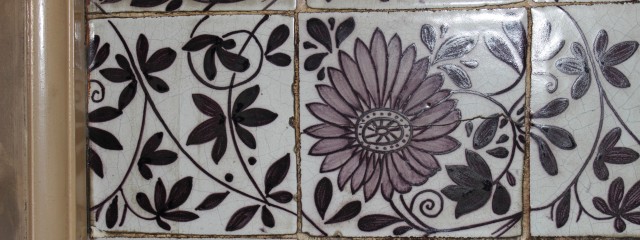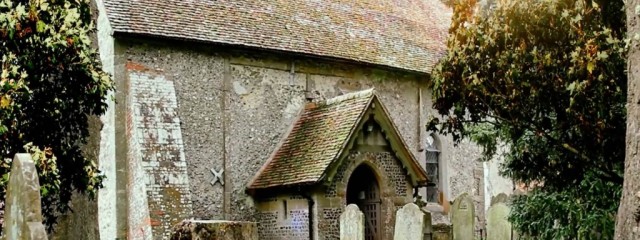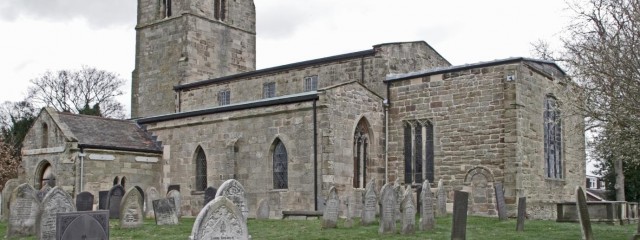Topic
Belief
Hidden beauties (The tiles – what did we find? – what did we find out? – what did we learn?)
We found three designs, but there may be more. They include a panel of sunflowers and one of daisy like flowers (named Large Aster/Leaf by Elsley).
There is also a panel of an old Dutch tile design, usually known as the ‘tulip and carnation’ design, though, as a member pointed out, the ‘tulips’ are in fact fritillaries.
Read More‘Discovery’ of tiles in the secular hall ballroom
In the course of tracking down some William de Morgan tiles, members of Leicester Secular Society came across a transcript of a radio interview with members of the Society from around 20 years ago.
The interview contained a reference to the tiles in the ballroom having been boarded up. Apparently, the secretary at that time had claimed they made the place look like a butcher’s shop!
Thanks to the determination
Read MoreThe Friends of Corhampton Saxon Church
Corhampton Church is one of the few remaining Saxon churches in regular use and in good repair. The building is Grade I listed and dates from 1020. It has been extensively restored with the help of the Friends of Corhampton Church whose constitution states:
“The Friends are established to assist in the restoration and maintenance of the fabric, contents, and churchyard of Corhampton Church…….. and to preserve and p
Read MoreDate: 11 Jul 2013
Comment: 0
The Church of St Wilfrid, Barrow-upon-Trent
From Anglo-Saxon to late 19th/20th Century – the church of St Wilfrid’s in Barrow-upon-Trent seems to have a little bit of everything within its building and its history.
Add to that, the two ‘Black Death’ pits found in the churchyard, and it becomes obvious why Barrow upon Trent Parish History Research Group were keen to have an historical building assessment carried out on their church.
Read MoreCommunities
Content Types
© 2013 University of Nottingham - Back to top




